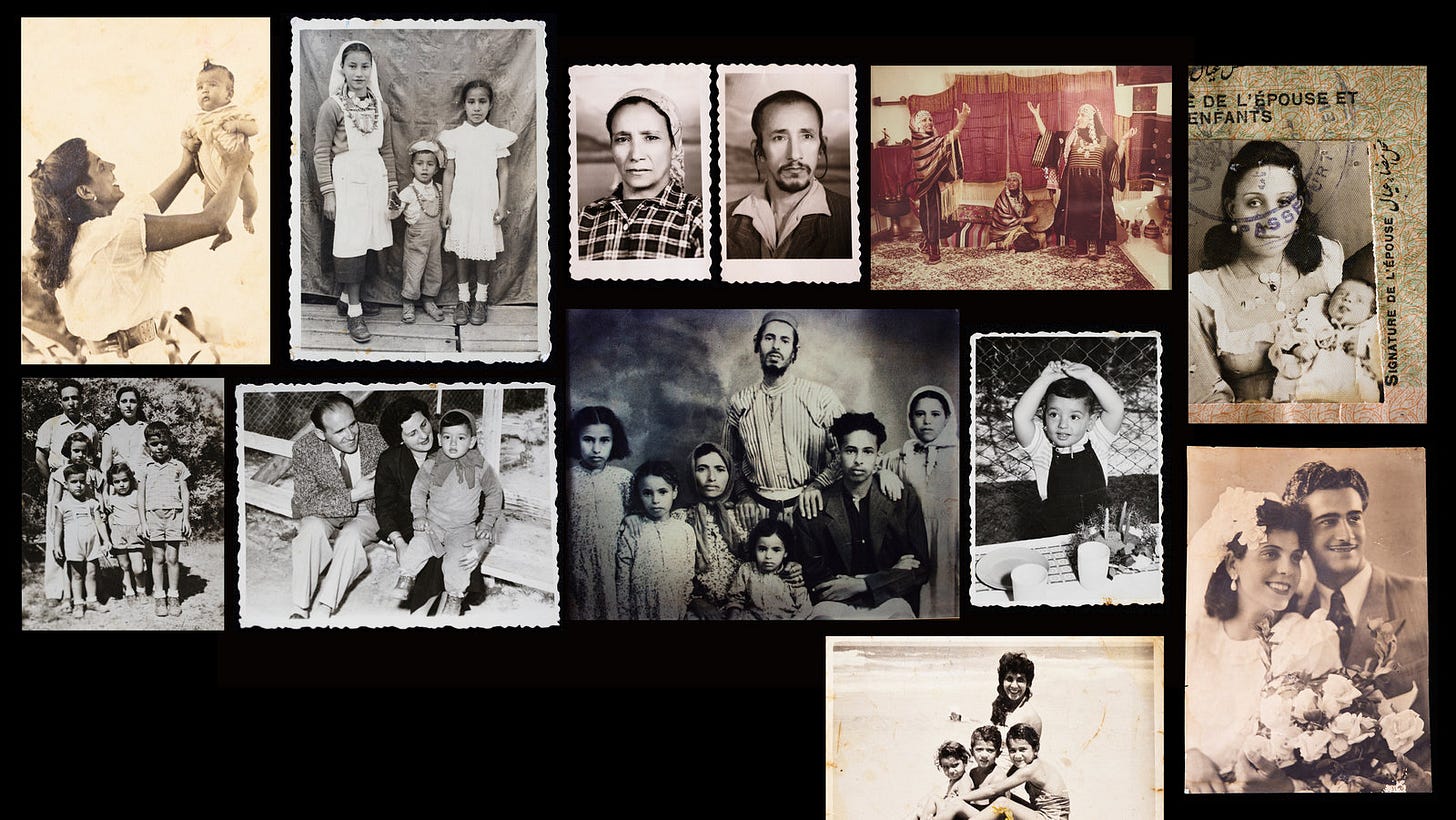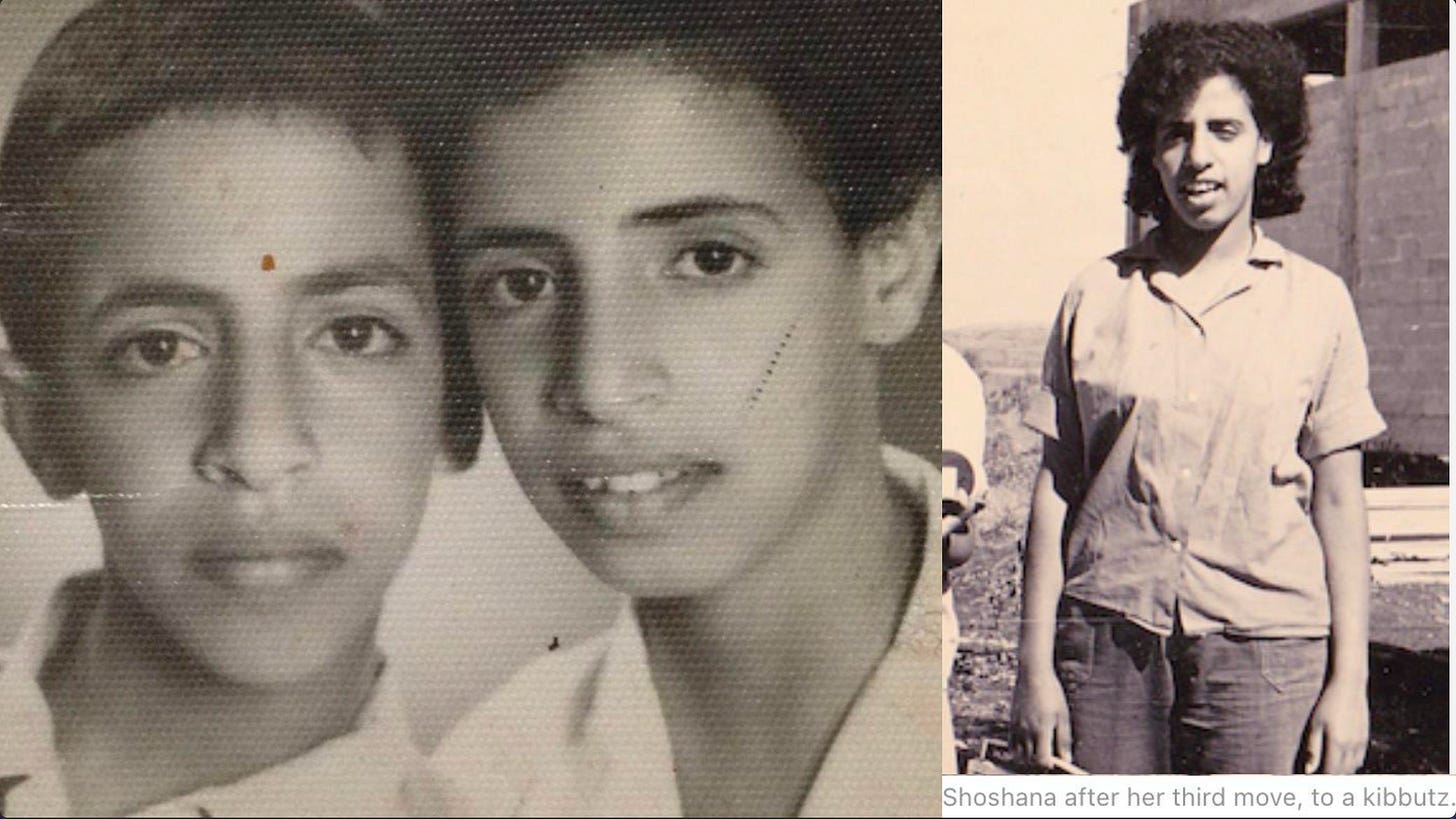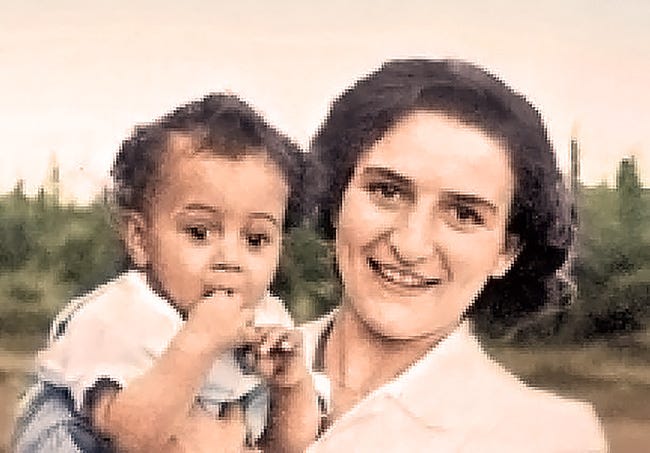The Forgotten Scandal: How Israel Stole Thousands of Children
A buried chapter in Israel’s early years — where missing babies, sealed records, and silenced families still haunt the present.
Most people have never heard of it. It’s barely mentioned in schoolbooks. It rarely makes headlines. But behind closed doors, in hospital rooms and transit camps, one of Israel’s darkest and most disturbing episodes unfolded — the systematic disappearance of thousands of babies and toddlers from Yemenite, Mizrahi, and Balkan Jewish families.
It began in the early years of Israel’s founding, during the 1950s — a time of mass immigration. Thousands of Jews arrived from Arab and Muslim countries, many from Yemen, Iraq, and North Africa. They came with hopes of safety and equality. Instead, many were treated as second-class citizens. And some experienced something far worse: they gave birth in Israeli hospitals, were told their babies had suddenly “died,” and were sent home without bodies, death certificates, or explanations.
But the truth, as decades of testimonies now reveal, is that many of those children were not dead at all. They were taken.
Taken from vulnerable families in transit camps and hospitals. Taken by doctors, nurses, and social workers. Put up for adoption — often to Ashkenazi families inside Israel, or even to Jewish families abroad. The justification? That these children would have a “better life.”
The government’s response has been slippery for decades. In 1967, 1988, and again in 1995, Israeli commissions concluded there was no organized conspiracy — that most of the children had died, albeit under poor conditions. But by 2001, they began to shift, finally admitting that some social workers may have “unlawfully” arranged adoptions. Yet no one was prosecuted. No one was held accountable.
Then in 2021, Israel offered compensation — hush money, effectively. Families were promised small payments, but only if they agreed never to sue the government or demand further investigations. Less than 1% of the funds have been distributed. No apology. No justice.
This isn’t ancient history. This is recent. These are real people, many still searching for their loved ones. And these are their stories:
Victim Testimonies
Gil Grunbaum
After 40 years, Grunbaum finds out he is not the only son of wealthy Holocaust survivors who owned a baby garments factory near Tel Aviv. Grunbaum had been stolen from his mother by doctors at a hospital in northern Israel in 1956, moments after she gave birth.
His biological parents – recent immigrants to Israel from Tunisia – were told their child had died during delivery. They were sent home without a death certificate and denied the chance to see their baby’s body or a grave.
“Even when I discovered by chance that I was adopted, the welfare services did everything they could to try to stop me finding my biological family. No one wanted me to know the truth.”
After a three-year search in the late 1990s, he finally learned his family’s name – Maimon – and tracked down his birth mother to the suburbs of Haifa in northern Israel. Some 41 years after they were separated, the two met for the first time, in an emotional reunion.
Ofra Mazor
Ofra Mazor, 62, had been looking for her sister, Varda, for 30 years when she submitted her DNA samples to the Israeli genealogy company MyHeritage in 2017. Her mother, Yochevet, who is now deceased, said that she got to breast-feed her sister only once after giving birth to her in an Israeli hospital in 1950. She was told by the nurses that her newborn daughter had died. Ms. Mazor’s mother didn’t believe the nurses and had her husband demand their child back. He was never given the child.
A few months after submitting her DNA, Ms. Mazor received the call she’d been waiting for: A match had been found. Last January, the sisters were reunited. Varda Fuchs had been adopted by a German-Jewish couple in Israel. She was told at a young age that she was adopted. The sisters are part of a community of Israelis of Yemenite descent who for decades have been seeking answers about their lost kin.
Shoshana M.
Shoshana was taken from her mother right after her birth along with her twin brother in the government hospital in Tzrifin that was mentioned in Dr. Lichtig’s memorandum. Until the age of seven they stayed in a Women's International Zionist Organization’s institution in Jerusalem. There, among many Yemeni children, she constantly saw beds emptied and then filled by new arrivals of children. She never saw adults come there except for the staff in charge who were all white.
At the age of seven or so, she was taken with her twin brother to Agudat Yisrael’s Gur Aryeh institution in Bnei Brak. Again in this institution, all of the children were of Yemenite origins, she tells, and continues with a shocking description: occasionally, they would arrange the children in a line in one of the rooms – usually in the one that was used as a prayer room – and the door would open. “The Aunties from America,” as the children called them, would enter. They spoke in a foreign language. One by one, in turn, the girls would be called up to the Aunties and the counselors who would examine them up close. Afterward each girl would return to her place in line. Boys and girls would disappear from the institution, she tells.
Medical Staff Testimonies
Shulamit Malik
“At the time, most of the immigrants in the transit camp were from Iraq and Yemen, and the conditions in the camp were very poor. They lived in deprivation—they didn’t have enough food or a designated and organized place to live. There were only tents and when it rained the water and mud would reach up to their, and our, knees…
I remember delegations of women from out of the country would arrive, speaking English or French amongst themselves (some were from Belgium). They would leave us packages of food or clothing and would look at and examine the children. Then children would disappear.
I remember a nine-month-old Yemeni boy named Tzion—I would take such good care of him… and one day he just wasn’t there. I asked about him, and was told that if anyone asks, to say that he was in the hospital. But I knew he wasn’t in the hospital. He was healthy.”
Roza Kuzinsky
“I’m the one who worked then, and I’m the one who would take the breastfeeding infants. We would take the babies healthy and whole, and we would come back with nothing, as if nothing happened,”
“They were given up for adoption, mostly in the United States... Today when they say they died—it’s not true.”
Susie
Nurse and midwife from Batar Hospital in Haifa, said they were instructed to hide the newborn babies:
“As soon as the babies were delivered they were covered so the mothers could not see them.”
This happened. And it happened over and over again.
Not in secret basements. Not in back alleys. But in state-run hospitals. With the help of doctors, nurses, and social workers. With files, transfers, and signed papers — though almost never signed by the mothers themselves.
They took children who were healthy and loved. Told parents they were dead. Hid the bodies that didn’t exist. Blocked the searches. Buried the evidence — or shipped it away.
And for the families who still bear the weight of that theft, it never ended.









Wow thank you for writing this powerful history! I hadn’t heard this and as you explain, it poses more questions…Didn’t Israel ban genetic testing?
No end to the colonists’
depraved secrets, always faking everything!
I wondered why so many IOF don’t look Jewish at all? I mean in addition to Israel military recruiting willing child killers the world over. I cry for the real mothers and fathers ❤️
Same and worse executed by US government here to the Tribal nations in N. America. Enslaving Africa at the start of “western civilization” to slave markets today 💔🇵🇸
Ancient Israel was destroyed. We can only hope the same thing happens to the modern state.